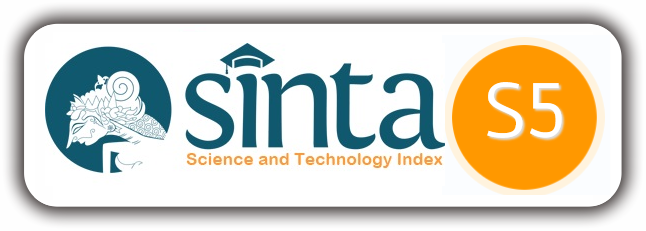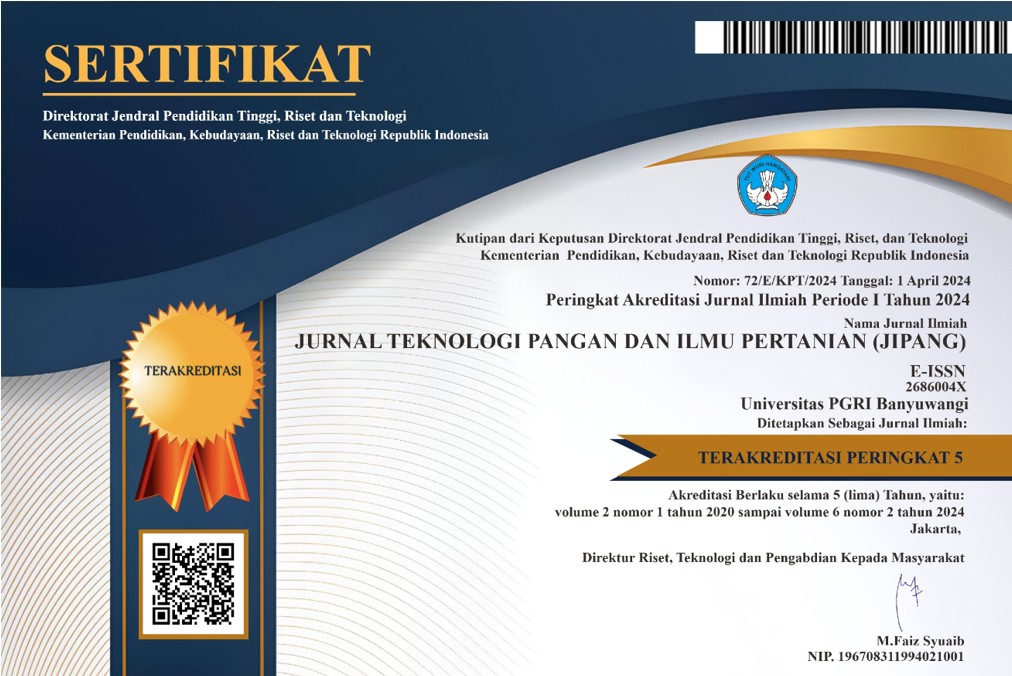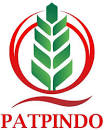ANALISIS KADAR TOTAL FENOL DAN FLAVONOID PADA PRODUK TEH OOLONG YANG BEREDAR DI PASARAN
Analysis Total Phenol And Total Flavonoid Contents In Some Oolong Tea Products On The Market
Keywords:
Colorimetric Complex, Follin-Ciocialteu, Oolong tea, total phenol content, total flavonoid content.Abstract
Oolong tea is a type of tea that is processed using semi-fermentation. Oolong tea has a group of bioactive components, namely polyphenols, one of the phenolic compounds is flavonoids, which are the largest group of polyphenols which are also very effective as antioxidants. This study aims to determine the levels of total phenols and total flavonoids in 5 (five) oolong tea products alre ady on the market. Analysis of total phenol content used the Folin-Ciocalteu method with gallic acid as a comparison, while analysis of total flavonoid content used a complex colorimetric method with quercetin as a comparison and wavelength absorption measurements using a spectrophotometer. The results of the research showed that the highest total phenol content was found in sample D of oolong tea on the market, namely 8.2849 ± 0.7137 mgGAE/g sample, and the highest total flavonoid content was in sample E oolong tea, namely 0.2932 ± 0.0031 mgQE/g sample.
References
Dewi, P.P., Hidayat, R., & Permatasari, R. (2009). Pengukuran Kapasitas Antioksidan pada Teh Komersial Serta Korelasinya dengan Kandungan Total Fenol, Fakultas Teknologi Pertanian, Institut Pertanian Bogor, Bogor.
Dobrinas, S., Soceanu, A., Popescu, V., Popovici, LC., & Jitariu, D. (2021). Relationship Between Total Phenolic Content, Antioxidant Capacity, Fe And Cu Content From Tea Plant Samples At Different Brewing Times. MDPI Journal. doi: org/10.3390/pr9081311
Harborne, J.B. (1996). Metode Fitokimia, Ed. Ke-2, Penerjemah Kosasih Padmawinata. Institut Teknologi Bandung, Bandung.
Liu, Y., Hu, S., Feng, Y., Zou, P., Wang, Y., Qin, P., Yue, J., Liang, Y., Wang, H., & Liu, L. (2018). Preparation Of Chitosan-Epigallocatechin-3-O-Gallate Nanoparticles And Their Inhibitory Effect On The Growth Of Breast Cancer Cells. Journal of Innovative Optical Health Sciences, 11(04). doi: org/10.1142/s1793545818500189
Liu, Z., Bruins, M.E., Bruijin, d., & Vincken, J.P. (2020). A Comparison Of The Phenolic Composition Of Old And Young Tea Leaves Reveals A Decrease In Flavanols And Phenolic Acids And An Increase In Flavonols Upon Tea Leaf Maturation. Journal of food composition and analysis. Doi: org/10.1016/j.jfca.2019.10338.
Rusmiyati.M., Sudaryat, Y., Luthfiah,I.A., Rustamsyah,A., & Rohdiana, D. (2015). Aktivitas Antioksidan Kadar Fenol Total dan Flavonoid Total dalam teh hijau (Camellia Sinensis (L.) O. Kuntanze) Asal Tiga Perkebunan Jawa Barat, Bandung.
Salman, S., Oz, G., Felek, R., Haznedar, A., Turna, T., & Ozdemir, F. (2022). Effects Of Fermentation Time On Phenolic Composition, Antioxidant And Antimicrobial Activities Of Green, Oolong, And Black Teas. Food Bioscience. Doi: org/10.1016/j.fbio.2022.101884
Shang, A., Li, J., Zhou, D. D., Gan, R. Y., & Li, H.B. (2021). Molecular Mechanisms Underlying Health Benefits Of Tea Compounds. Free Radical Biology And Medicine. doi: org/10.1016/j.freeradbiomed.2021.06.006
Sharma, R., Verma, S., & Kumar, D. (2021). Polyphenolics and Therapeutic Insights In Different Tissues Extract And Fractions Of Camellia Sinensis (L.) Kuntze (Kangra Tea). Food Bioscience, 42, 101164. Doi: org/10.1016/j.fbio.2021.101164.
Siah, W.M, Azman, M.A, Jeeven, K, Noor Hayazan, M.D, & Mohd Tahir, S. (2011). Effect Of Infusion Conditions On Total Phenolic Content And Antioxidant Activity In Centella Asiatica Tea. J. Trop. Agric. Food Sci. 2011 (39) 149–156.
Wang, Z., Wang, Z., Dai, H., Wu, S., Song, B., Lin, F., Huang, Y., Lin, X., & Sun, W. (2022). Identification Of Characteristic Aroma And Bacteria Related To Aroma Evolution During Long-Term Storage Of Compressed White Tea. Frontiers in Nutrition, 9, Article 1092048.
Downloads
Published
How to Cite
Issue
Section
License

This work is licensed under a Creative Commons Attribution-ShareAlike 4.0 International License.











